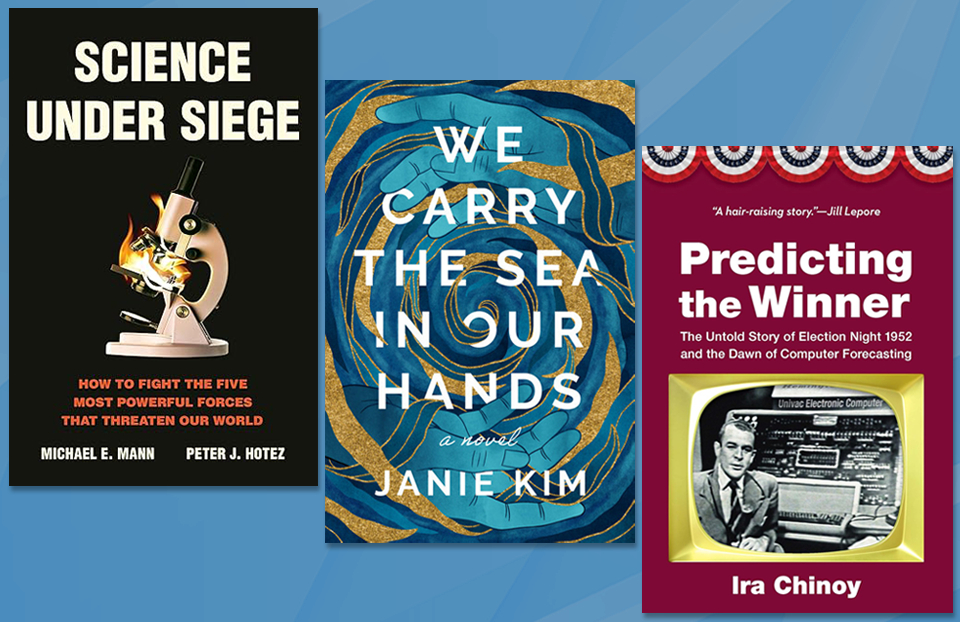Intel ISEF Alumnus’ Research Helped him Take Flight
Evan Karlik (Intel ISEF 2003 finalist and Intel STS 2003 semifinalist) conducted research in high school at the National Institute of Standards and Technology. For his Intel ISEF project, Development of a Surface Plasmon Resonance Bioassay: Immobilization of Membranes Containing the HIV-1 Coreceptor CCR5 to an Engineered Alkanethiol Monolayer, he examined protein binding to a receptor used by HIV to gain access to the body’s cells, using a technique that might be applied in testing vaccines or medications that block cell receptors.
Evan was interested in medicine and had been thinking of going to medical school until his freshman year at MIT when he joined ROTC and gained an interest in becoming a pilot. He majored in Mechanical and Ocean Engineering and spent his summers in places such as Germany and Israel conducting research. He went on to earn an M.S. in Aeronautics and Astronautics from Stanford, during which he also conducted rocket propulsion research at NASA Ames.

Even though his scientific interests changed since Intel ISEF, he says “doing that research project while I was still in high school, it got me pretty comfortable with research.” He also notes how his capabilities in research helped open the door to some of these great opportunities.
Evan is now a student pilot with the U.S. Navy, training to ultimately fly the C-2 cargo plane or E-2 long-range radar plane and is also thinking of becoming a test pilot, combining his background in engineering with his flying. “If you go to test pilot school they teach you more how to evaluate an aircraft; so you take it up and do certain maneuvers and you can comment on how it handles or how stable it is,” he says. “If you have an engineering background it can be a pretty rewarding thing to do because it combines the flying with the design and thinking.”


